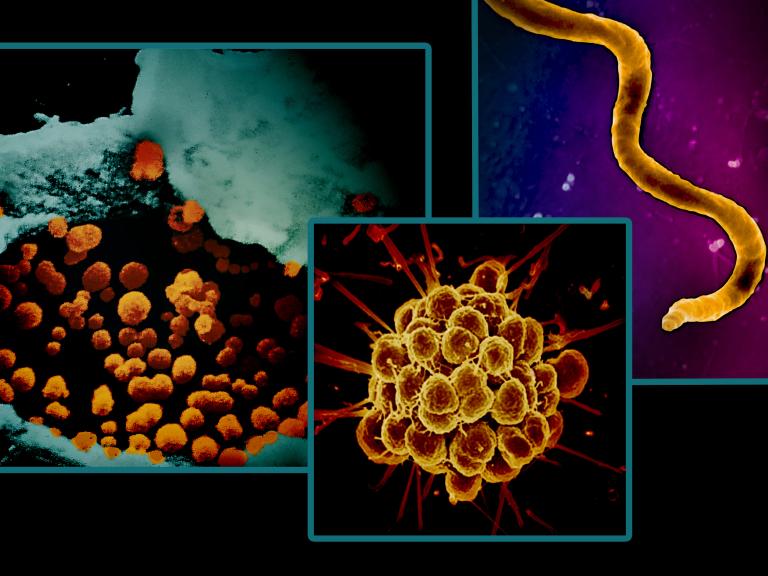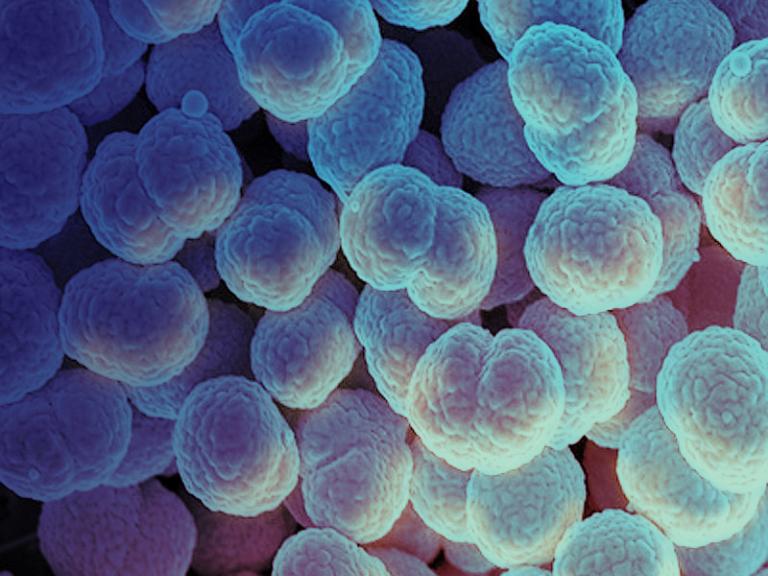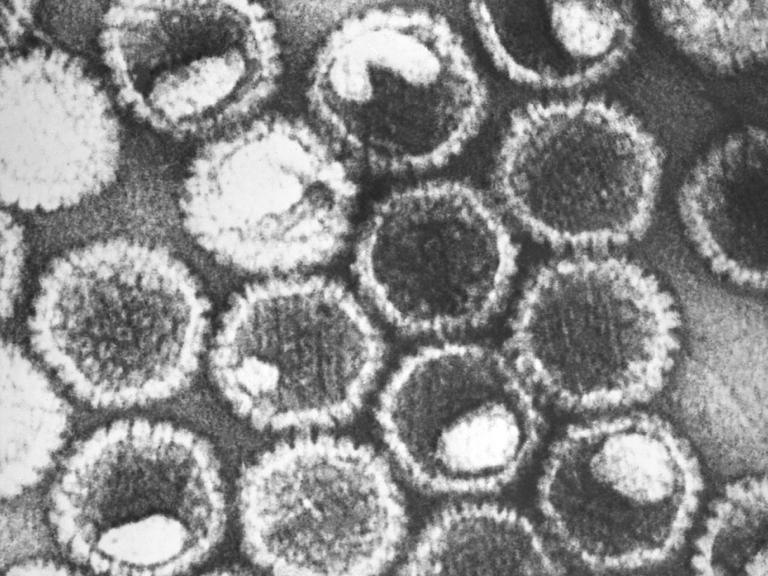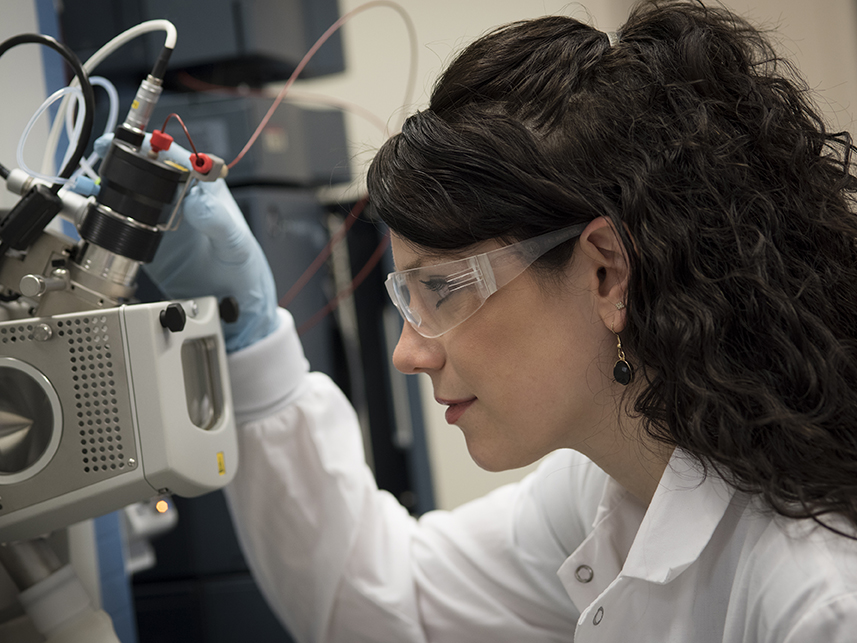Sexually transmitted infections (STIs) are caused by pathogens transmitted from person to person through sexual contact. STIs can be caused by bacteria, viruses, or parasites. STIs have a devastating impact on adults and infants and affect millions of people in the United States annually. Infection with certain STIs can increase a person’s risk of developing cancer and can increase the likelihood of acquiring or transmitting HIV. In addition, STIs can cause long-term health complications, especially in the reproductive and central nervous systems. In rare cases, STIs can lead to serious illness or death. Research is urgently needed to help reduce the public health burden of STIs.
Highlights

Sexually Transmitted Infections—A Closer Look at NIAID Research
NIAID supports research to develop effective diagnostic, preventive, and therapeutic approaches to STIs. NIAID shares a snapshot of new projects and recent scientific advances in STI research.

NIH Statement on Preliminary Efficacy Results of First-in-Class Gonorrhea Antibiotic Developed Through Public-Private Partnership
A single dose of a novel oral antibiotic called zoliflodacin has been found to be as safe and effective as standard therapy for uncomplicated urogenital gonorrhea.

NIH Herpes Simplex Strategic Plan
NIH has established a strategic plan for research that combines the efforts of the research community with those in public health and clinical medicine to develop interventions to reduce the health consequences of HSV.
News Releases
- Emergency Department Screening More Than Doubles Detection of Syphilis Cases
September 10, 2024 - NIH Awards Will Support Innovation in Syphilis Diagnostics
September 3, 2024
Funded Research News
- NIH Funds Three Syphilis Diagnostics Projects
September 19, 2024 - Duke Professor Jörn Coers Earns MERIT Award for Chlamydia Research
September 5, 2024 - A Novel Diagnostic Test for Syphilis
September 3, 2024
Editorial Note
The terms “venereal disease,” “sexually transmitted disease” and “STD” have previously been used interchangeably with, or in the place of, “sexually transmitted infection” and “STI” in scientific and other literature. NIAID favors the use of STI because the language is more precise—not all infections will have symptoms or result in disease—and the term is less stigmatizing to the large and varied population affected by this variety of pathogens and syndromes.
Related Public Health and Government Information
To learn about risk factors for STDs and current prevention and treatment strategies visit the MedlinePlus sexually transmitted infections site.
Also read Sexually Transmitted Infections Surveillance from the Centers for Disease Control and Prevention (CDC).



